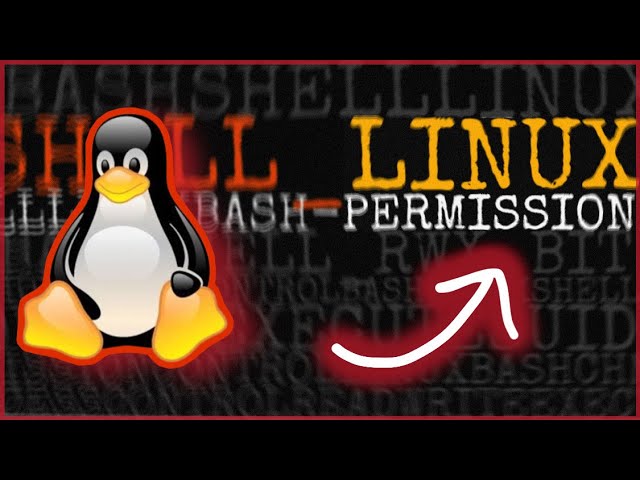Linux File Permissions: Types of Users, RWX, SUID, GUID, Sticky Bit WITH Examples
Linux is a family of open-source operating systems based on the Linux kernel, which is a program that manages how the computer interacts with its hardware and resources. Linux can be used in various devices, such as computers, smartphones, and servers, and it is known for being efficient, secure, and flexible.
File permission is a set of rules that determine who can access, modify, or execute a file or a directory.
File permission is important because it helps protect the data and privacy of the users and the system and thus it is important for a cybersecurity student to have deep knowledge about different types of file permissions, their meaning and how it can be set. For example, you may not want other users to read or change your personal files, or you may want to restrict who can run certain programs or commands on your system.
In the below video, we will discuss basic file permissions in Linux OS such as read, write, execute (r,w,x) and also other advance file permissions such as SUID, SGID, and sticky bit.
We will discuss their meaning, types of users of a file, and how we can implement or assign different types of file permissions in Linux.
To watch the complete video, click on the below link:





